
Valentine’s Day history, information and facts for kids
Updated 2 February 2023
Wondering about the origins of Valentine’s Day?
St Valentine’s Day is widely celebrated throughout England, Europe, North America, Australia and New Zealand but how many of us really know anything about the origins of Valentine’s Day?
St Valentine was a Christian martyr and is revered by the Catholic church as a saint. We know he lived in Rome and died in the third century but beyond that there’s not much reliable information about him and there are different stories about how and why his name came to be associated with love and romance.
The books on this page tell some of these stories and provide an interesting window into the origins of Valentine’s Day. A couple of the books adopt a strongly religious perspective while others tell the story from more of a historical perspective.
If you’re a teacher or a parent, you can use these books to explore the origins and customs associated with St Valentine’s Day. Even if you’re not religious, the books provide some interesting background on the day we now often call simply ‘Valentine’s Day’. They can also be used as a focus for discussions about legends, stories and historical facts, the differences between them and how the lines between them can become blurred over time.
Go here to see my list of 20 great books about love to read with children around St Valentine’s Day.
What are the origins of Valentine’s Day?
Whatever the truth of these earliest origins may be, Saint Valentine is now strongly associated with 14 February so it’s interesting to explore the legends surrounding his life.
There are two main stories told about Saint Valentine and how he came to be martyred. Both stories describe Valentine as a Roman physician – and possibly also a priest – who lived and died in the third century AD (around 270 AD). This was a time when Christians were being openly persecuted, persecution which was sanctioned by the emperor, Claudius II Gothicus. Valentine was killed in 270 AD in Rome on the orders of the Emperor.
So why did the Roman emperor have Valentine killed?
According to one legend, Valentine defied the emperor who had forbidden his soldiers to marry. The reasons given for this order vary but, by marrying the soldiers and their sweethearts, it is said that Valentine enraged the emperor who decreed that he should be killed.
Some stories state that Valentine was killed because he refused to pray to the Roman gods.
Another legend is less clear on why Valentine was imprisoned but tells the story of a young girl whose blindness was cured by Valentine. While he was in jail (possibly for marrying soldiers against the emperor’s wishes), the little girl was brought to visit Valentine by her father who was one of the jailers and wanted to thank Valentine for healing his child. Valentine and the child wrote to one another, with Valentine signing his last letter to her ‘from your Valentine’.
A variation on this legend is that the jailer’s daughter was not a young girl cured by Valentine but a young woman Valentine met while he was in jail and with whom he fell in love. He signed his letters to her ‘from your Valentine’.
Whatever the truth of these legends, St Valentine’s Day has been celebrated as a festival of lovers since at least the 14th century and Valentine is regarded by Christians as a martyr: someone who was killed because of his Christian faith. Catholics regard Saint Valentine as the patron saint of lovers.
What is Valentine’s Day?
Saint Valentine’s Day is a day when people celebrate love in all its forms but, traditionally, romantic love. Like many days of celebration, Saint Valentine’s day has its origins in a Christian feast day. It commemorates the day in 270AD when a saint called Valentine was martyred. For Catholics, Saint Valentine’s Day remains the feast day of Valentine, the patron saint of lovers, epileptics and beekeepers.
Who was Saint Valentine?
Saint Valentine was a Christian bishop – or possibly a priest – and also a physician in ancient Rome.
When is Saint Valentine’s Day?
Saint Valentine’s Day falls on 14 February every year, the anniversary of the day in 270 when Saint Valentine is said to have died. Saint Valentine’s Day is not a public holiday in Australia.
6 top books about the origins of Valentine’s Day
I investigated quite a few books about the origins of St Valentine’s Day when I was writing this page. There are some books that I discarded, either because I felt they were poorly written, poorly researched or simply because they lacked a decent amount of information.
Some of these books may be a little hard to get hold of but they are often available from your local library.
I hope you enjoy the books which made my list and find them helpful when talking to your children about St Valentine’s Day.
1. Saint Valentine
Suggested for ages: 5-10 years
2. The Story of Valentine’s Day
Suggested for ages: 3-6 years
3. The Story of Valentine’s Day
4. The Story of Saint Valentine
Suggested for ages: 3-5 years
5. The Story of Saint Valentine: A Story of Courageous Love
Suggested for ages: 3-7 years
6. Saint Valentine
Suggested for ages: 5-12 years
To save this post for later, pin the image below:

Over to you
Do you have another book about the origins of Valentine’s Day to share?
I’d love to hear what you think so drop me a line in the comments.

I’m Felicity - a parent to three young humans and a primary school teacher who loves books.
I’m passionate about helping parents discover the joy of reading to their little ones and I love helping you discover quality picture books to share with the babies and small humans in your lives.
I also create gift baskets and Little Book Gifts filled with the very best books for children from newborns to four-year-olds. You can check them out here.
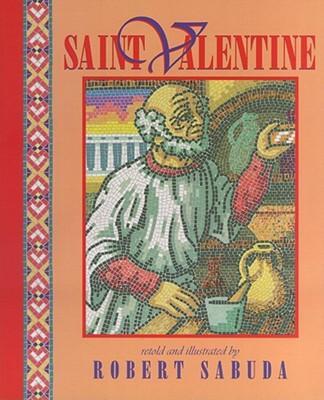
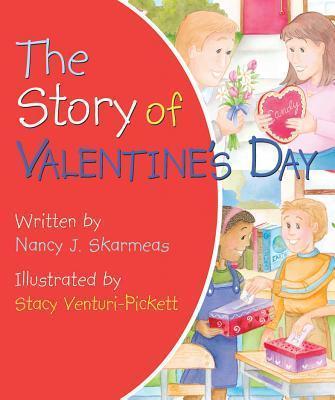
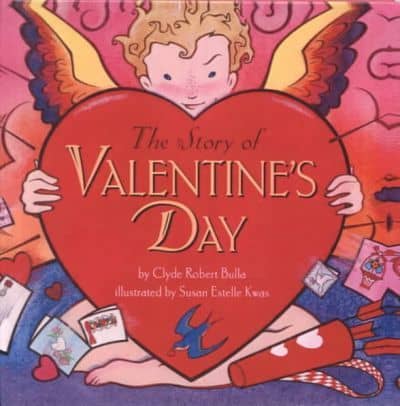
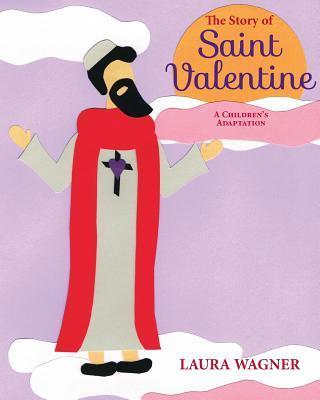
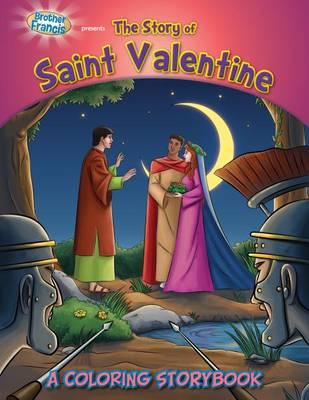
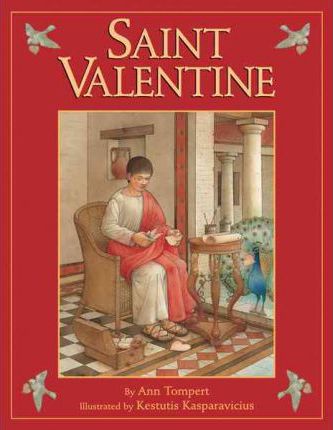









0 Comments